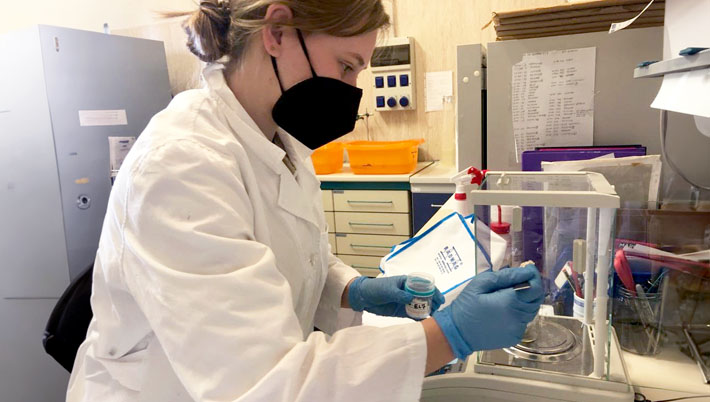Student Career Action:
Get Prepared
Once you have answered some basic questions about who you are (your interests, identity, values and strengths), and started your exploration of possible career paths, it is time to get prepared for action. Getting prepared consists of 4 key steps: identifying your immediate goal, creating a plan, finalizing your resume and cover letter approach, and creating your professional online brand.
Goal Setting
Setting a career goal is the best way to give you a clear direction and way forward. A goal should be meaningful to you as well as realistically attainable. It allows you to stay focused and not get distracted or feel overwhelmed, so that your career development journey becomes more productive and efficient. Try to make your goal SMART: Specific, Measurable, Achievable, Relevant, and Time-bound. When you have figured out your goal, write it down and pin it somewhere highly visible to remind you of what you are trying to achieve. If you are finding it challenging to figure out a clear career goal, meet with one of the Soll Center’s Career Coaches who can help guide you through the process.
Visit Handshake to Meet with a Career Coach
Action Planning
Once you have determined your goal, the next step is to create a plan to implement or put your goal into action, so you can turn your goal into reality. Action planning is figuring out what exactly you need to do to get you where you want to be. The easiest way to create an action plan is to consider what tasks need to be done, who needs to do these tasks or can help you do them, and when would be the best time to complete these tasks. Action planning is like being the project manager of your own goals. An example Personal Implementation Plan can be found here.
Download Personal Implementation Plan PDF
Resumé & Cover Letters
A resumé is typically one-page and emphasizes your education, experience, and skills. A CV (curriculum vitae) is sometimes required by graduate schools or in academia; the CV can be many pages long and emphasizes research and clinical experiences, publications, and skills. You will typically need a resumé to apply to internships, on campus jobs and full-time employment.
The easiest way to create a professional resumé is to use the VMock platform. Use VMock to find the resumé template, receive detailed and specific recommendations for improvement, and make the edits within the platform. The AI-driven platform provides a detailed score. When you achieve a score of 75 out of 100, drop in to the Soll Center to meet with one of our Career Services Mentors (CSMs) who offer personalized resumé and cover letter reviews throughout the academic semester. CSMs are available 9-5 M-F and you can drop by the Soll Center for Student Opportunity whenever it is convenient for you (no appointment necessary).
Cover Letters are an important part of any written application and should be customized for each opportunity. The cover letter connects the dots between the experience on your resumé and the specified requirements of the role. A cover letter also helps personalize your application, states clearly why you are applying to this role, and addresses any gaps in minimum requirements stated in the job description. You should not repeat everything on your resumé – you are spotlighting a couple of relevant experiences. Writing a high-quality cover letter takes time because it needs to be customized to the requirements of the role. Employers can easily spot a generic cover letter and are less likely to invite you to an interview. Here are some example cover letters to use as templates.
See List of Career Service Mentors (CSMs)
Download Sample Cover Letters PDF
Professional Brand
Creating a professional brand is the best way you to market your skills and experience to a potential employer. Your professional brand is all the ways you present yourself when applying for opportunities, including your resumé and cover letter, your Handshake profile, and your LinkedIn Profile. Creating your professional brand starts with identifying your best characteristics and strengths. Start incorporating all these strengths in all your profiles. Next, ensure that your skills are listed in all your materials (your resumé and your online profiles) so that they are clearly visible to potential employers. On LinkedIn, think of your name, photo and headline as your “billboard” and the about section as your “commercial.” Our LinkedIn guide provides more details about how to use LinkedIn as your personal brand management tool.
We also recommend that students use the Muse platform to create vivid portfolios to represent their skills, competencies, interests and accomplishments and stand out to potential employers. Muse is a no-code online site-building tool that enables users to create attractive pages using simple building blocks and to integrate all of their content from across the web into one Minisite — including LinkedIn and a traditional resume.
Download LinkedIn Tips & Techniques PDF






